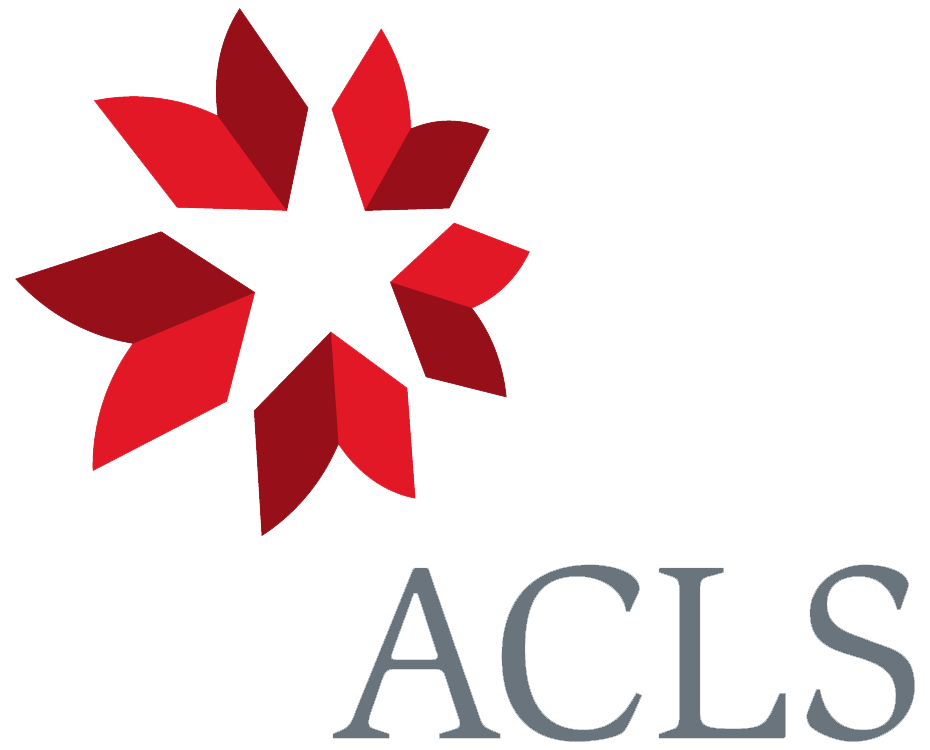From Edmund Saul Dixon [September–October 1848]1
about the Malay Hen. I have had Hens that would occasionally go to roost for a mid-day nap, but never any that made a practice of it. Our only Malay Hen has done so now & then, but not regularly. Have you ever noticed that Cocks & Hens if compelled by cold or wet to take shelter during the day, avoid their dormitory, and select any available outhouse for their drawing room till the time comes for them to go to bed? I have greater belief in the hereditary instincts than in the imitated habits of birds; though imitation has some influence. I have found Guinea-fowl & Turkies that were hatched under Hens but little altered in disposition; nor are Partridges or Pheasants; they are a little more fearless of Man for a while, that is all. The Cuckoo is not the less migratory for being brought up under a hedge-sparrow.
I remember your question about the young Guinea-fowl, but not then being aware of the drift of it, fear that the answer was a random one & did not state what you wanted. I may now say that in new-hatched chicks it is all too late to look for the embryotic resemblances (I suppose like those mentioned in the Vestiges of Creation)2 to which you refer. Of course the differences are then less evident to inexperienced observers than in the full grown-bird.3 But I would undertake to decide the variety of any chick with whose breed I was well acquainted, immediately on its exclusion from the shell. Nay when an egg has been accidentally broken after a fortnight’s hatching, I have been able to declare of what sort it would have been, had it survived. Many observant poultry-rearers will do the same. I believe that a similar discrimination could be extended to the newly hatched young of all wild birds. But a comparison of the embryo chick in Birds’ eggs after two or three days’ incubation, with those of reptiles & perhaps fishes similarly circumstanced, might perhaps afford the clue you require.
I have lately obtained a pair of Storks: they are pinioned at the first joint of the wing, but otherwise ramble about our premises at liberty. At night they are shut in an outhouse, to which they now come of their own accord. We are already very fond of them, and anxious to get them in health through the winter.
With thanks for the privilege of your correspondence, I am dear Sir, your’s very truly— | E: S: Dixon
CD annotations
Footnotes
Bibliography
Dixon, Edmund Saul. 1848. Ornamental and domestic poultry: their history and management. London: Office of the “Gardeners’ Chronicle”.
Summary
He can distinguish varieties of guinea-fowl as soon as birds are hatched.
Behaviour of Malay hens.
Letter details
- Letter no.
- DCP-LETT-1621
- From
- Edmund Saul (Eugene Sebastian Delamer) Dixon
- To
- Charles Robert Darwin
- Sent from
- unstated
- Source of text
- DAR 205.5: 214
- Physical description
- ALS 2pp inc †
Please cite as
Darwin Correspondence Project, “Letter no. 1621,” accessed on 11 May 2024, https://www.darwinproject.ac.uk/letter/?docId=letters/DCP-LETT-1621.xml
Also published in The Correspondence of Charles Darwin, vol. 7 (Supplement)


